Switching to fresh milled flour has improved the health of our family so much in just the last year. Today I am explaining how to transition to using fresh milled flour in your everyday recipes. It is so much easier than you think!
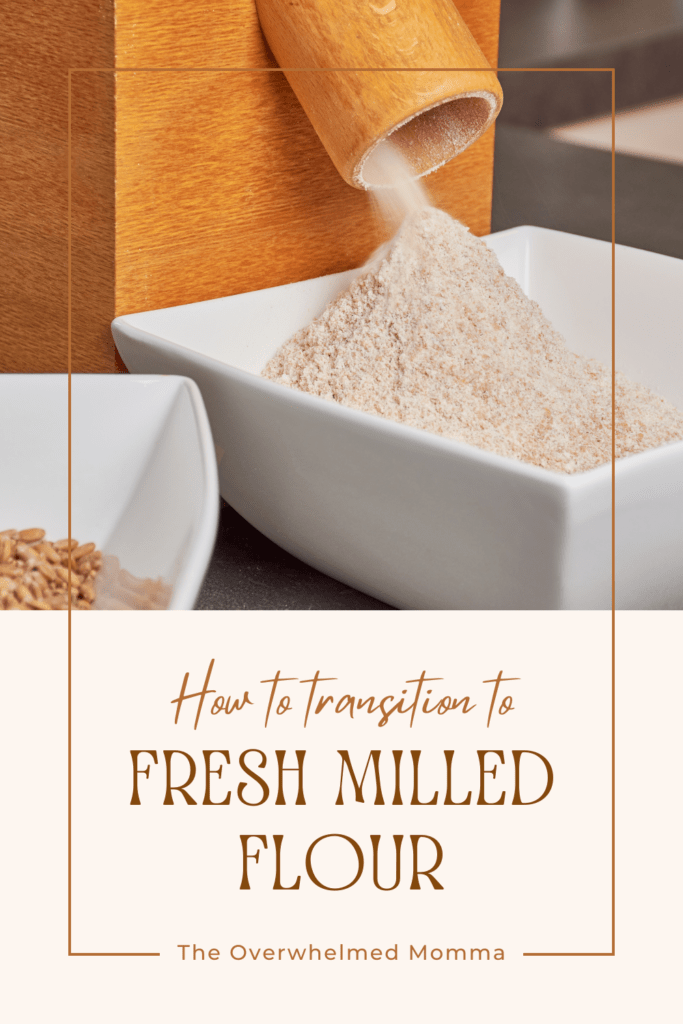
This post is all about how to transition to using fresh milled flour.
Our Experience Milling Our Own Flour
Early on in 2024 I was having some health problems that I couldn’t really get to the bottom of. Nothing too serious but I was tired all the time, felt just crummy and yucky. I had the thought that there was something in my diet that needed to change. At around the same time a friend of mine shared a youtube video by Sue Becker. I watched the whole video in one sitting and I was convinced that I was going to transition to using only fresh milled flour in my cooking and baking.
The benefits of using freshly milled flour for our family have been many. We have experienced less seasonal allergies, less sickness in our home, we are fuller longer and snack less frequently between meals. I feel more satisfied by the food that I make with fresh milled flour than when I was using all purpose flour.
One of the biggest obstacles I faced with milling my own wheat was thinking that it would take more time. It was a little overwhelming to me to think about. It honestly takes me only 1 to 2 minutes when making a recipe than just using all purpose but the benefits have been so worth it that its not even a second thought to me now.
What Is Fresh Milled Flour?
Fresh milled flour is flour that is made from whole grains that have been milled right before you use them. When you mill your own flour at home it includes the entire wheat berry, including the bran, germ and endosperm. This provides a full range of nutrients like fiber, vitamins and minerals.
Fresh milled flour doesn’t make baked goods dense in my experience. Store bought wheat flour does tend to make baked goods dense. Baked goods made with fresh milled flour are nutritionally dense but are light, chewy and have a great texture.
Different Kinds Of Wheat Berries And Their Uses
I love the flavor that different types of wheat berries can give to baked goods. I personally love to mix kamut in with my hard white wheat. It lends a beautiful buttery and nutty flavor to what I am making.
When you are baking bread and need gluten to form you need to use a hard wheat. I prefer hard white wheat for its milder flavor than hard red wheat berries.
For cakes, pastries and other baked goods that don’t need the same gluten structure that is needed for bread you will want to use a soft wheat. Soft wheat berries give a light and airy texture when they are used in baking
As mentioned before, I love Kamut for its buttery and nutty flavor. When I bake, I usually mill my flour in a 50/50 ratio of hard white wheat and Kamut.
Getting Started With Fresh Milled Flour
Equipment You Will Need:
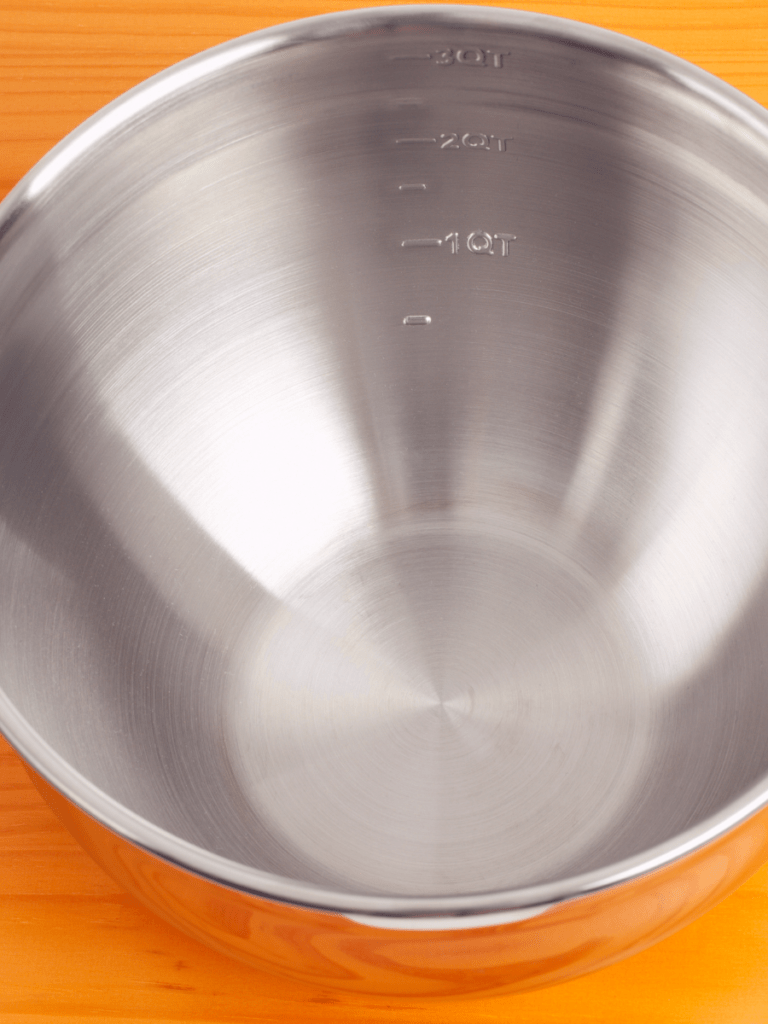
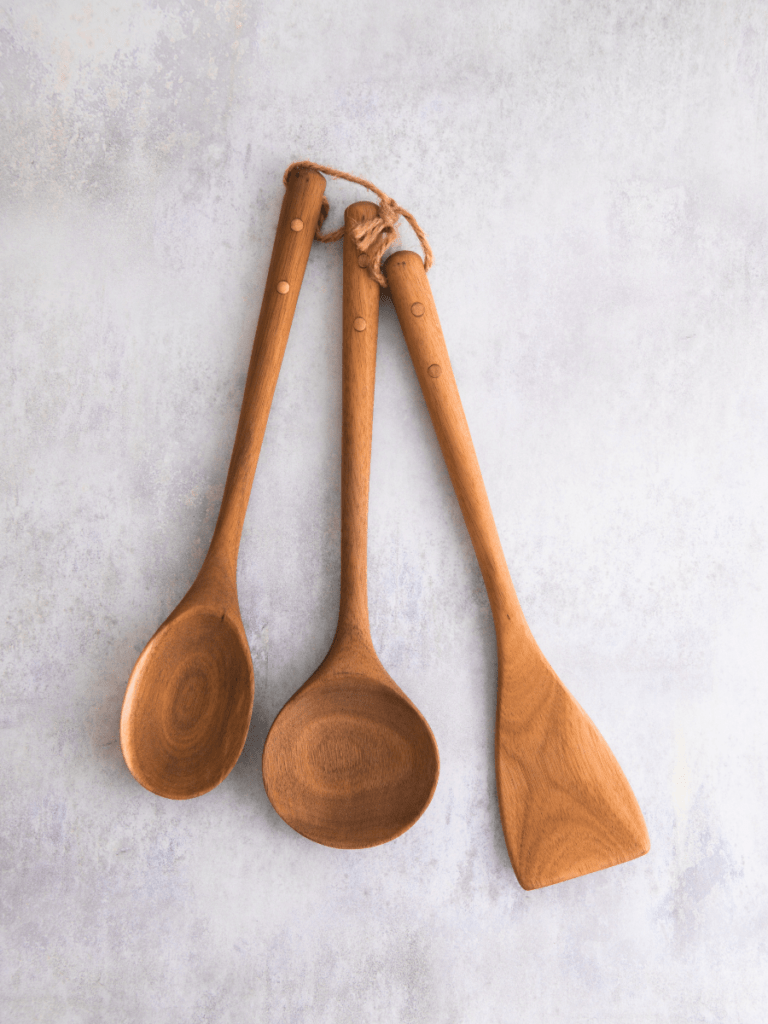
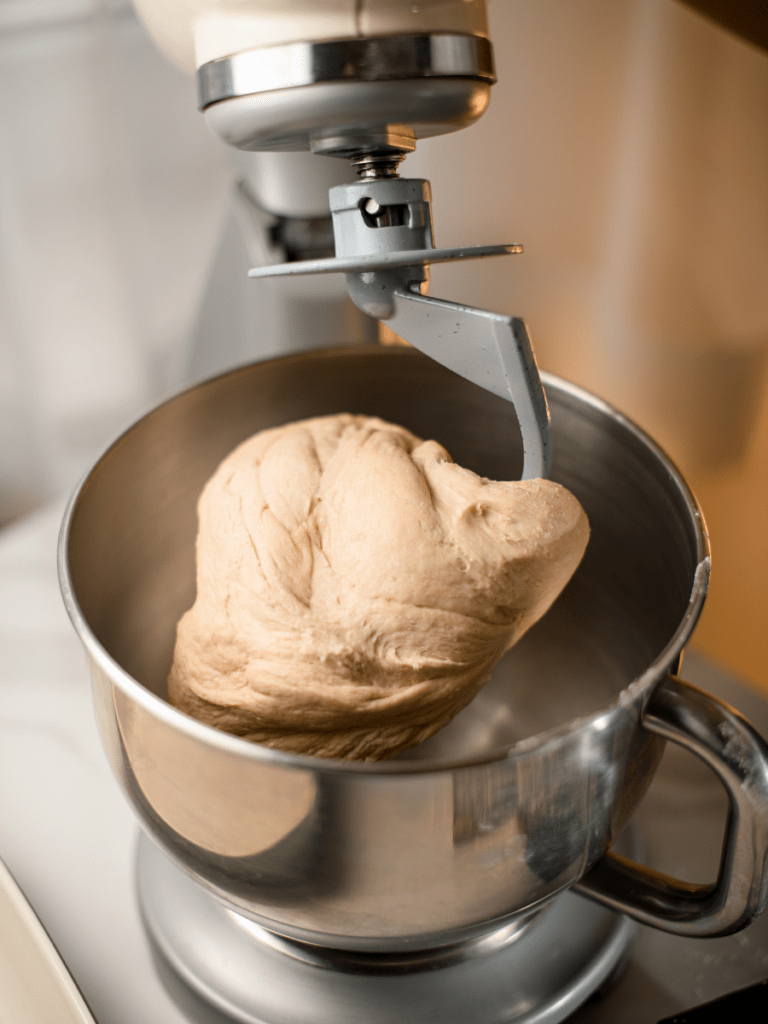
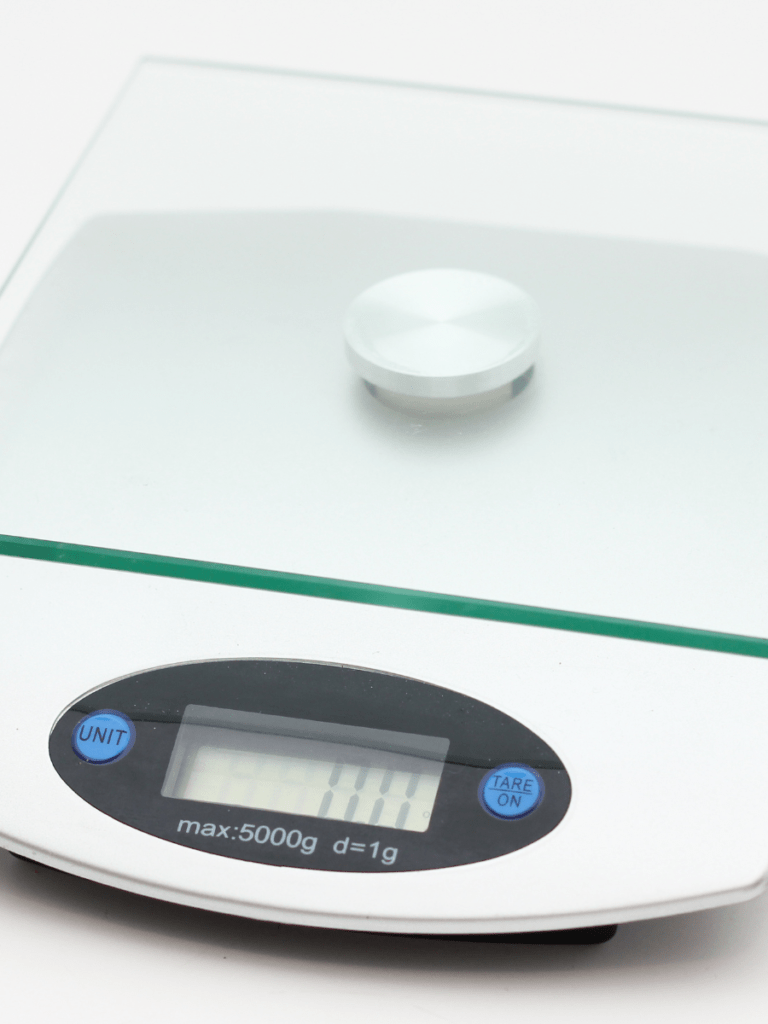
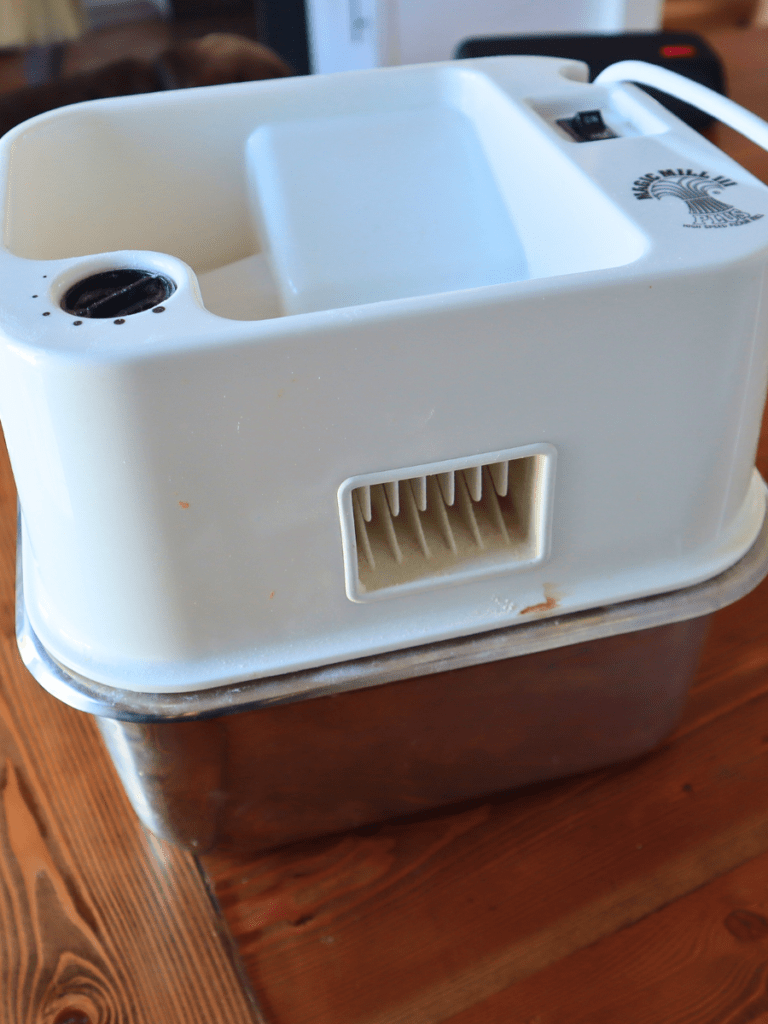
Wooden Spoons/ Danish Dough Whisk
Tips For Milling Your First Batch Of Flour
There isn’t any trick to it. I put the berries in the hopper of my grain mill and turn it on. I just let it do its thing. Start by measuring how much flour the recipe calls for in berries, and that’s how many I put into the hopper. That usually gets me close to the amount of flour I need. Then, if I have extra, I store the extra flour in a jar to be used in the next day or two.
Substituting Fresh Milled Flour In Recipes
How do you replace store-bought flour with freshly milled flour in recipes? I replace store-bought flour with fresh milled flour 1 to 1 in most of my recipes. The dough will look different at first. After you initially mix in the flour, give the dough 15 to 20 minutes to rest to allow the flour to absorb all of the liquid before mixing or kneading more. Freshly milled flour takes longer to absorb liquid than store-bought flour.
You will notice a difference in texture and flavor when using freshly milled flour over all-purpose or store-bought whole wheat flour. I find that fresh milled flour has a greater depth of flavor.
Trouble Shooting Common Problems
- Dense Baked Goods – Make sure to let your flour absorb the liquid in the dough for about 15 to 20 minutes before mixing more.
- Kneading – When you are making bread with freshly milled flour, the kneading process will take significantly longer than with store-bought flour. In my experience, a machine mixer, like a kitchen aid, takes about 25 to 30 minutes. Make sure to knead the dough to a window pane stage.
Storage And Shelf Life Of Fresh Milled Flour
Wheat Berries
Store wheat berries in a cold, dry place in an air-tight container. Wheat berries can last up to 30 years if stored properly.
Fresh Milled Flour
Milled flour has the best benefit if used within 2 days of milling it. After that it is still safe to use but alot of the fats, vitamins and minerals have oxidized.
I try to mill just what I need for a recipe. Usually, I do have some leftover, which I store in an air-tight mason jar in my cupboard. I make sure to use up my already milled wheat before I mill more.
Frequently Asked Questions:
What are the benefits of using fresh milled flour over store bought?
Some of the benefits are increased nutritional value due to retaining all parts of the grain (bran, germ, and endosperm). There is a great depth of flavor when using fresh milled flour. In our family, we have experienced less seasonal allergies, more satiety with meals, less snacking, and cravings between meals. There are many more benefits to using fresh milled flour. Watch Sue Becker’s video where she explains many of them.
What types of wheat berries are best for everyday baking?
For bread that needs gluten structure hard white or red wheat are best. I like to mill some kamut in with my hard white wheat for the flavor.
For things that tend to be lighter and fluffier in texture, think pancakes, muffins, quick bread, and biscuits, use soft wheat. We prefer soft white wheat at our house.
Do I need to make adjustments to my recipes when using freshly milled flour?
Other than letting the flour absorb the liquid in the dough for 15 to 20 minutes, there are no other adjustments that need to be made to your favorite recipes to start using fresh-milled flour. I have found that replacing all-purpose flour in a recipe 1 to 1 with fresh milled flour turns out perfectly most times.
Where do I purchase wheat berries?
I purchase all of our wheat berries from Azure Standard. I have been very pleased with their prices and quality. Azure does work a little differently than a typical online retailer. You order through a ‘drop’ that is close to you. Once your order has been placed, all of the orders for that drop that month will be shipped on a semi-truck to the drop at a certain time and day. As the customers, we help unload the truck and sort all of the products ordered. Then we can take home our goodies after that is done.

Will my bread, cookies or other baked goods taste different?
Yes, they will taste slightly different than when using store-bought flour. Our family found that to be a benefit. We enjoy the nutty flavor that fresh milled flour adds to our baked goods.
Can I mill large batches of flour and store it? How long does it stay fresh?
While you can mill large batches and store it, it would be safe to eat, the flour wouldn’t give you the same benefits as using the flour right away. So, I would not recommend doing this.
Is freshly milled flour suitable for gluten-free baking?
To make a flour that is gluten-free you would need to mill a grain that is naturally gluten-free like rice or oats. Freshly milled flour from wheat berries is not gluten-free.
What are some beginner-friendly recipes to try first?
Any of my fresh milled flour recipes would be a great place to start!
Conclusion
In conclusion, switching to fresh milled flour has greatly improved our health and the enjoyment of our baked goods. The switch at first seemed very intimidating and overwhelming to me, to think about milling wheat berries into flour each time I needed it. It turns out that it takes just a minute or two longer than just pulling the flour container out of the cupboard.
I encourage you to give it a try! It has been a great benefit to us from a little extra effort.
This post was all about transitioning to fresh milled flour.

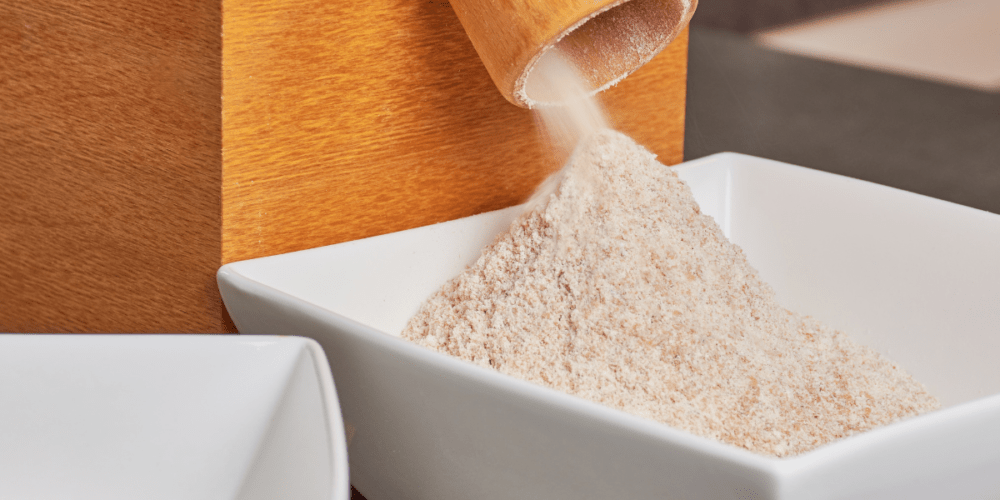
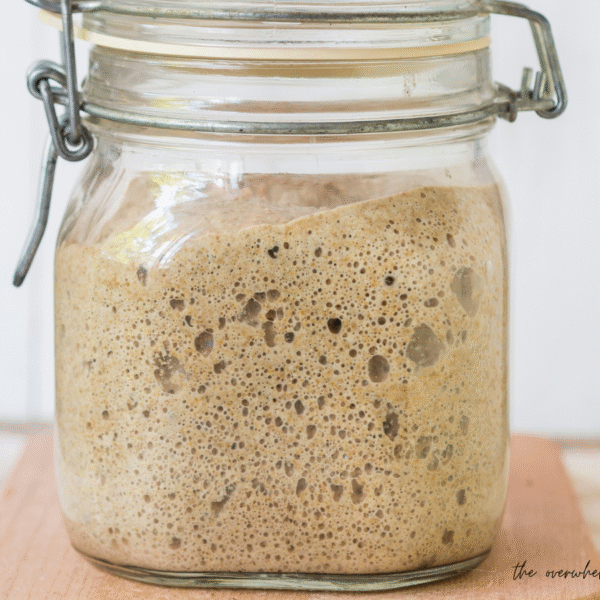
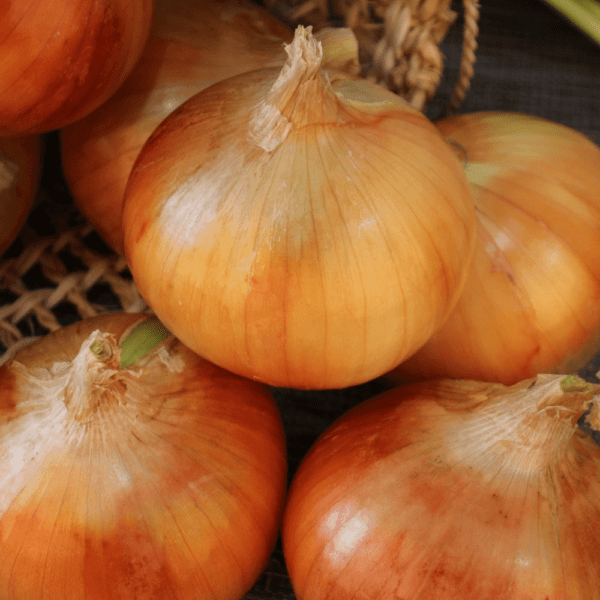
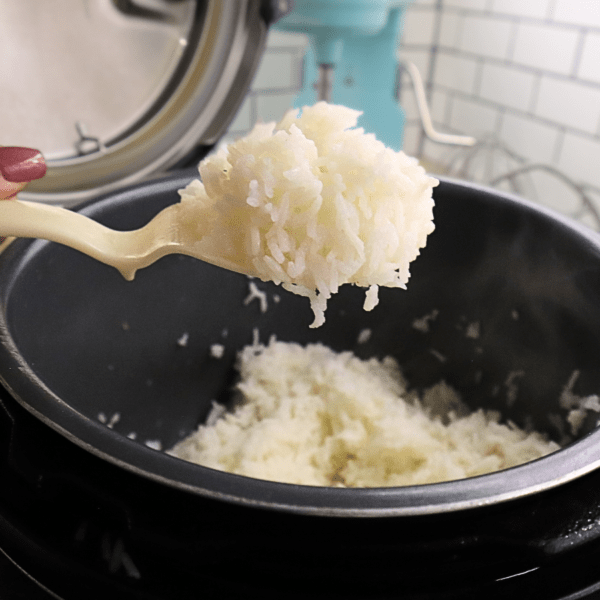
[…] (✨ Curious why we switched to fresh milled flour? I wrote a blog post about that—you can read it…) […]